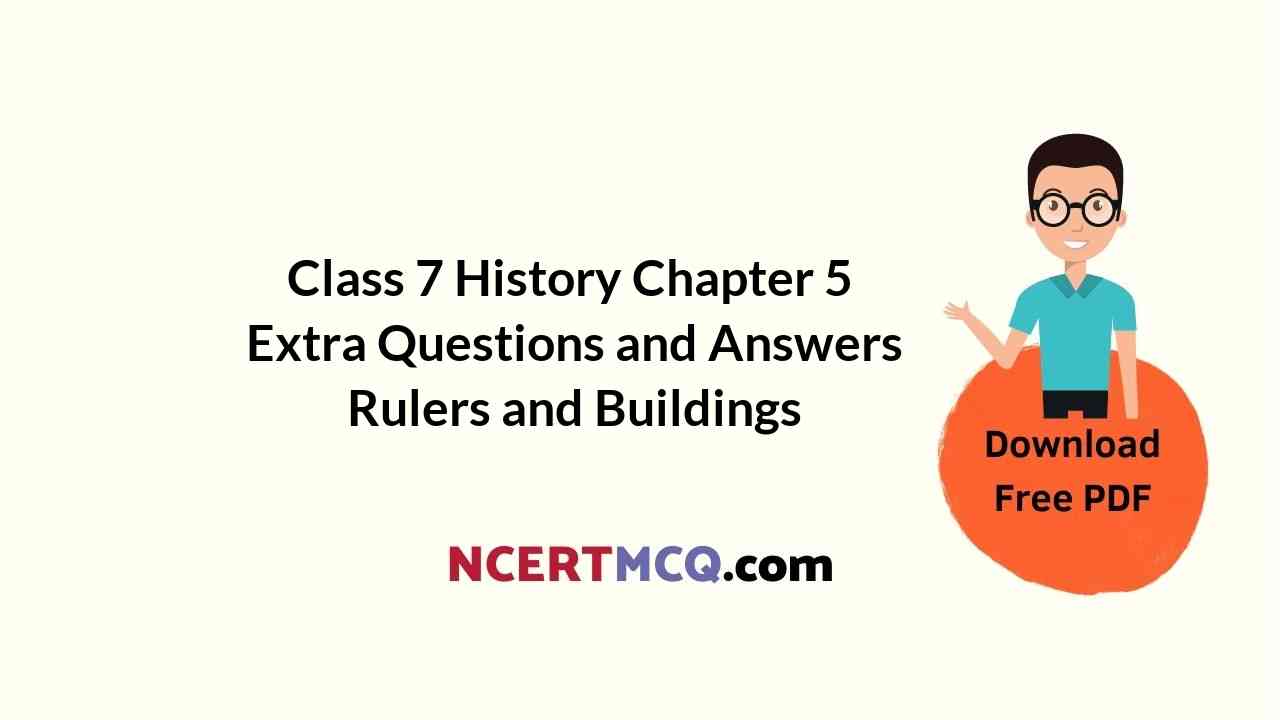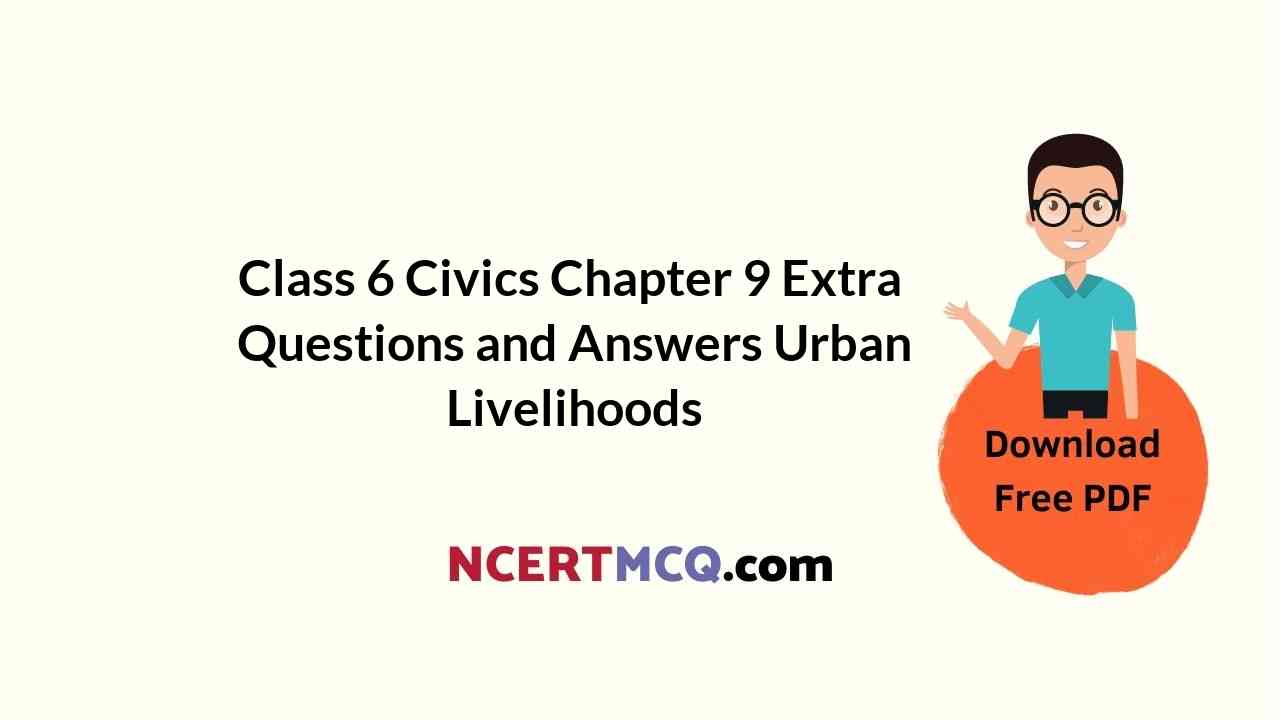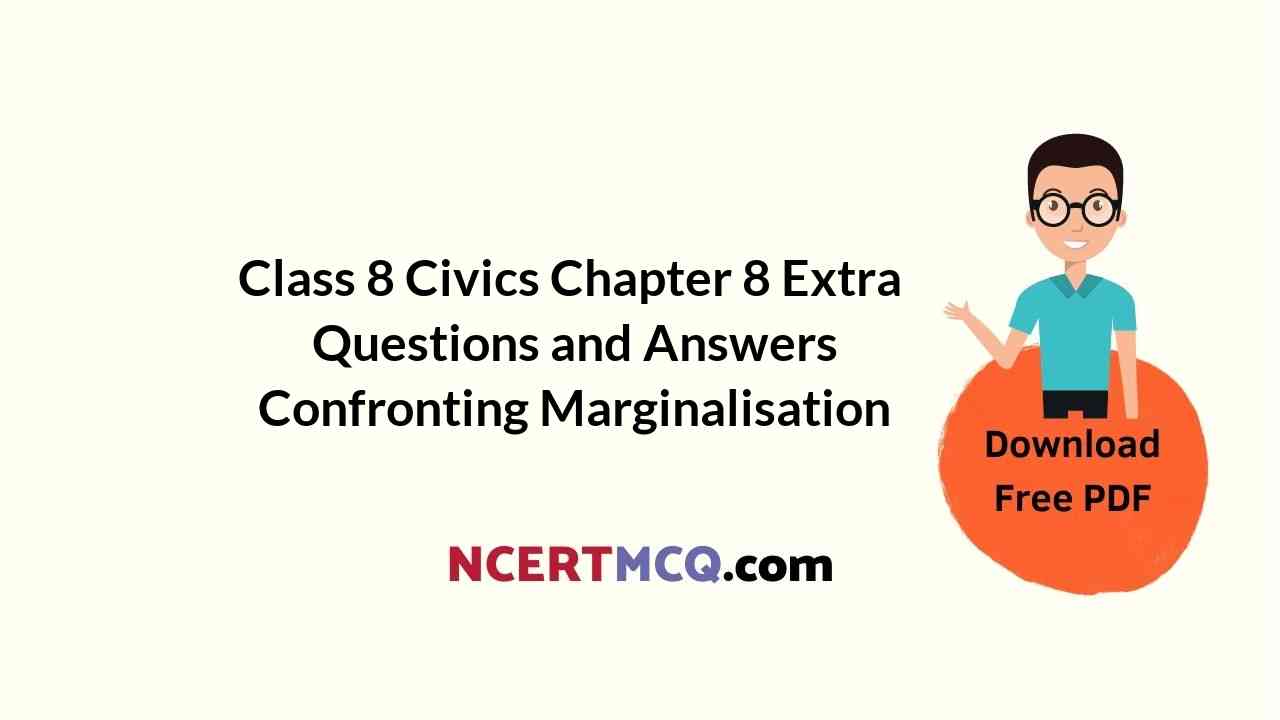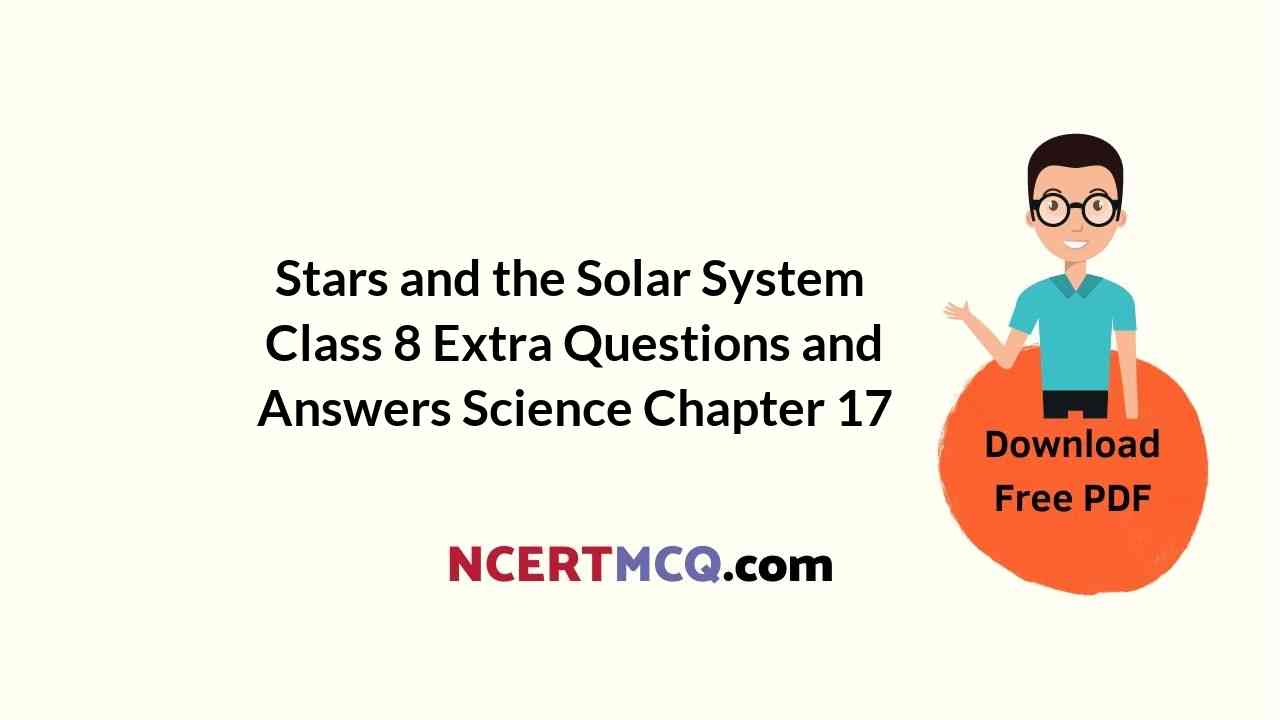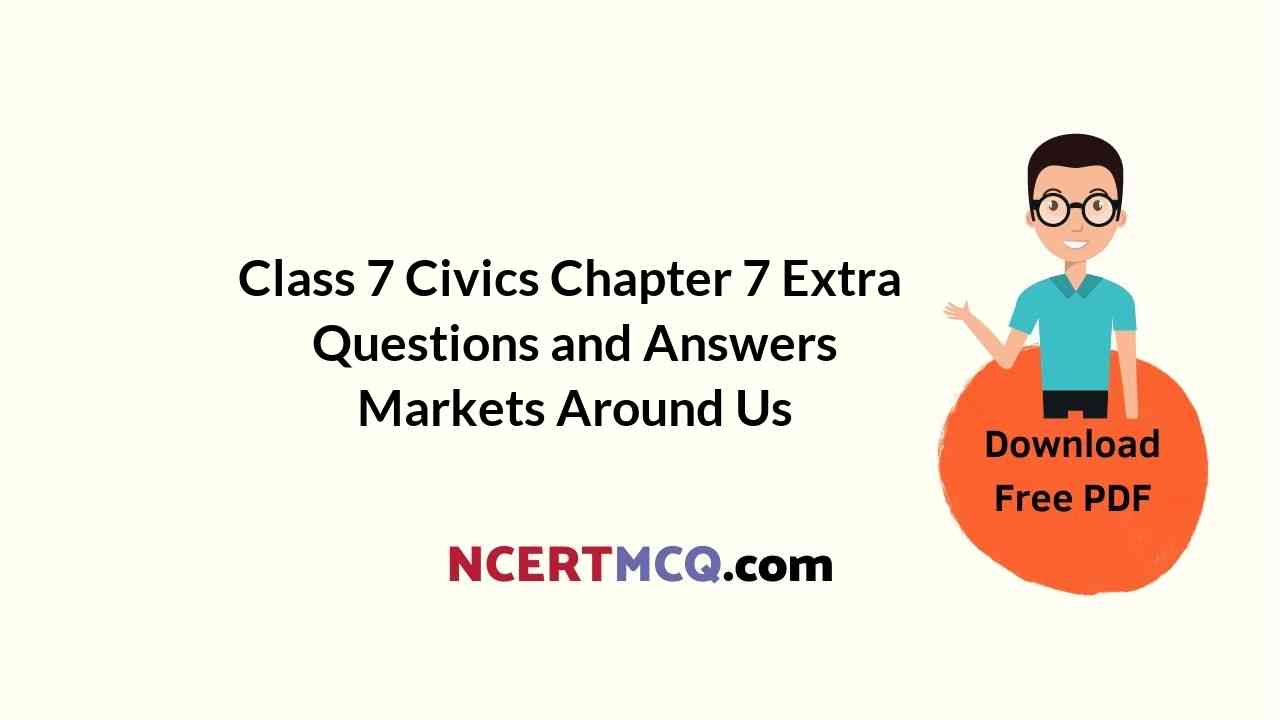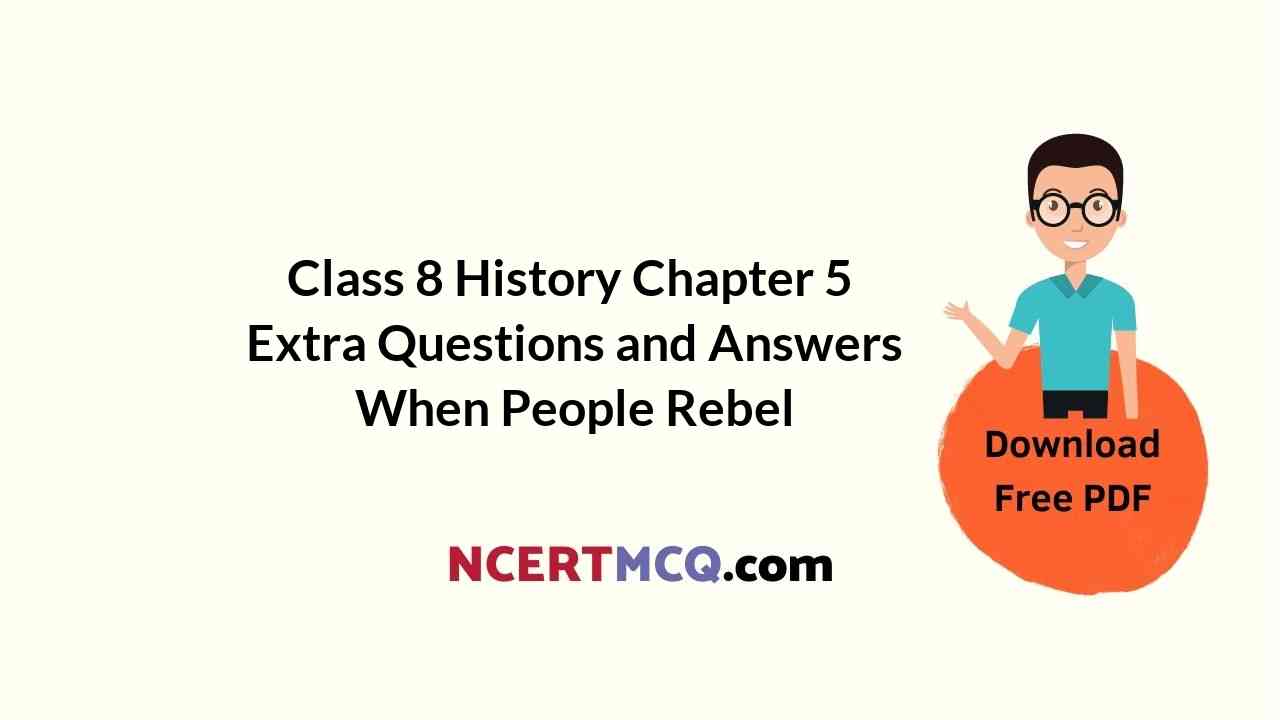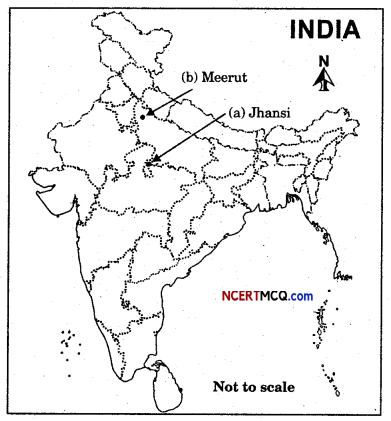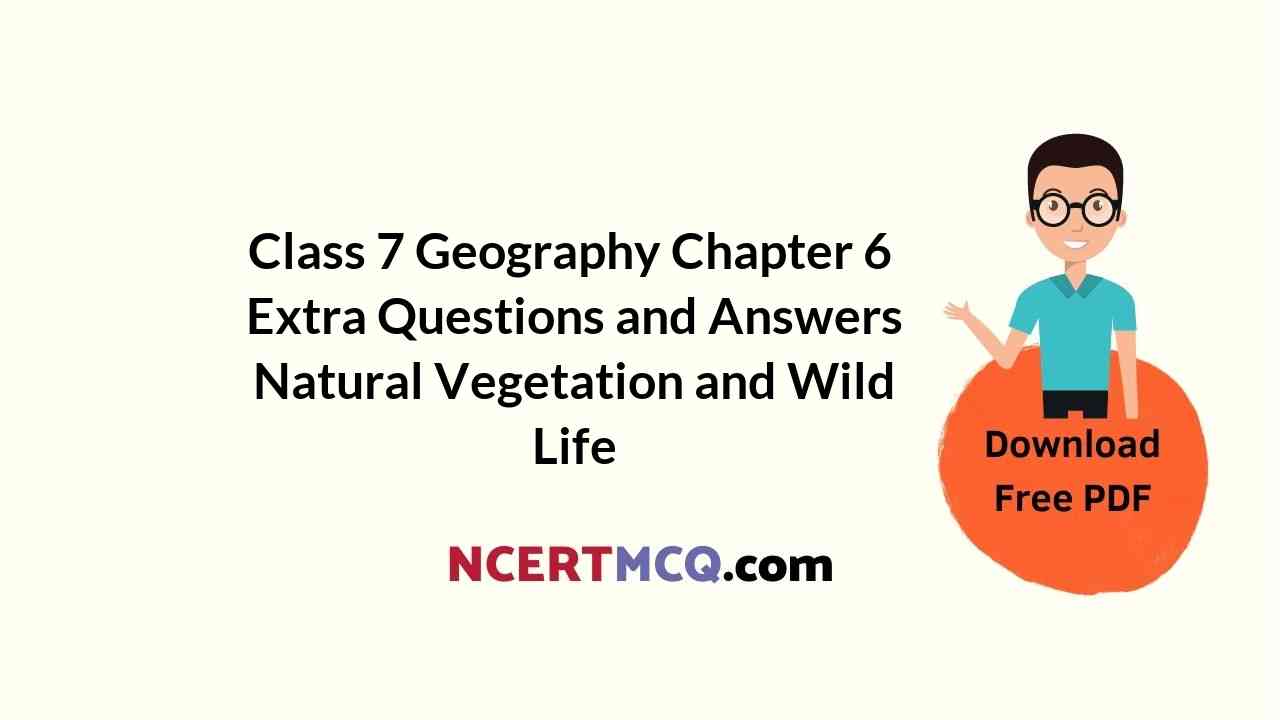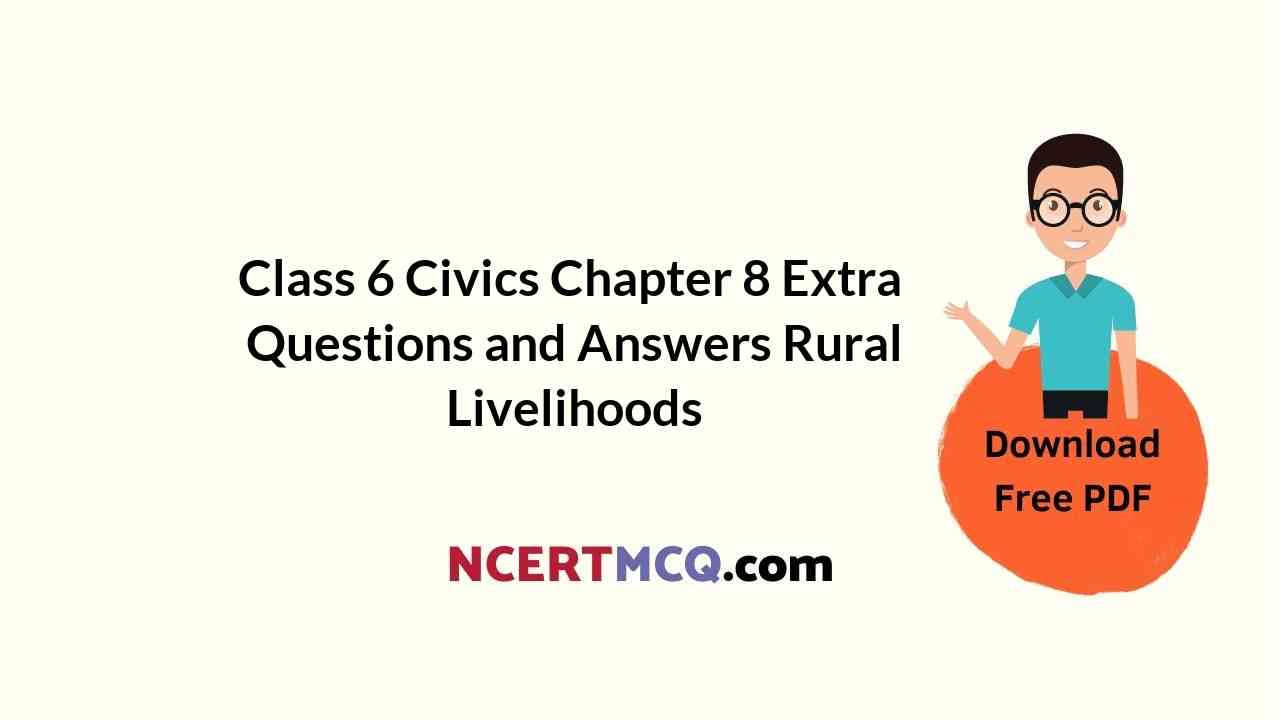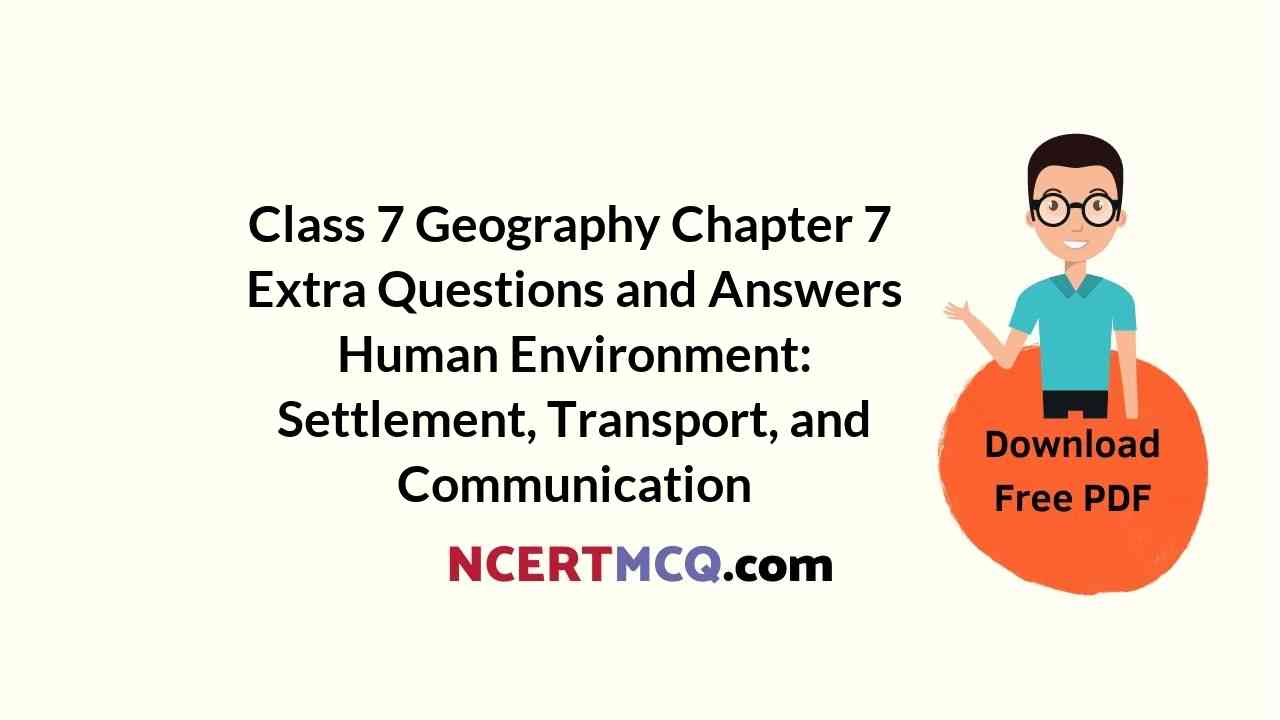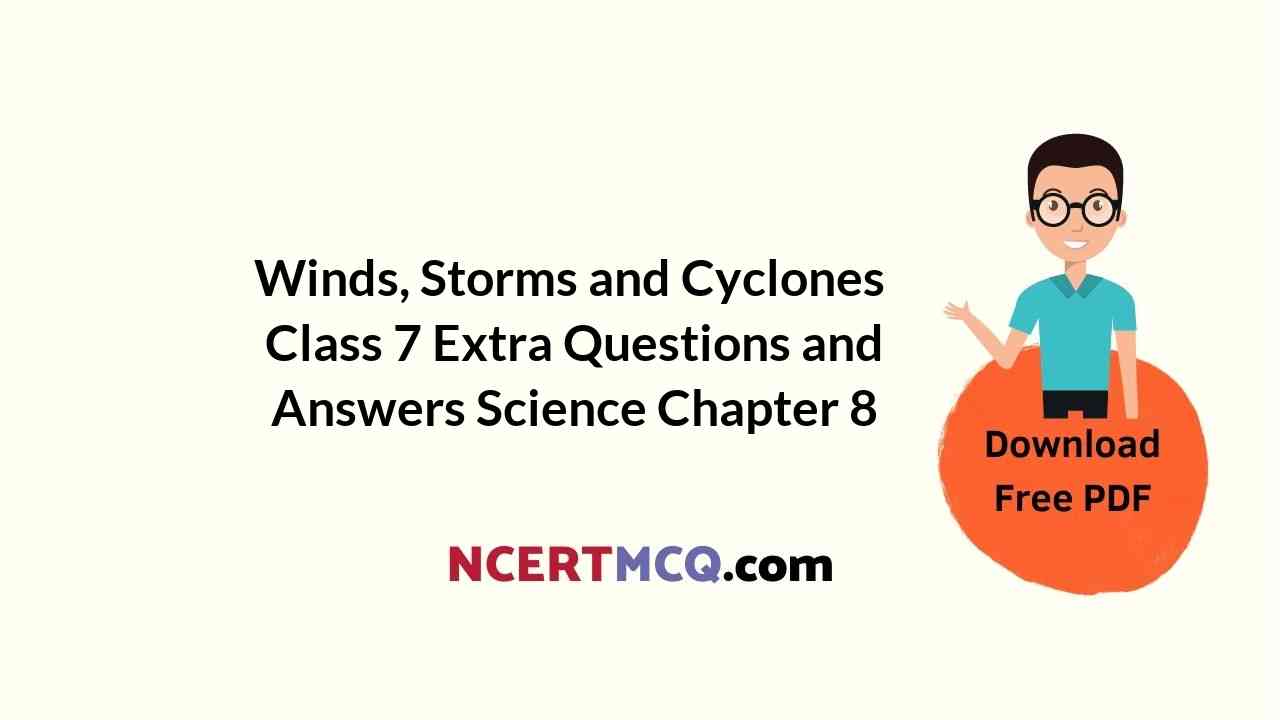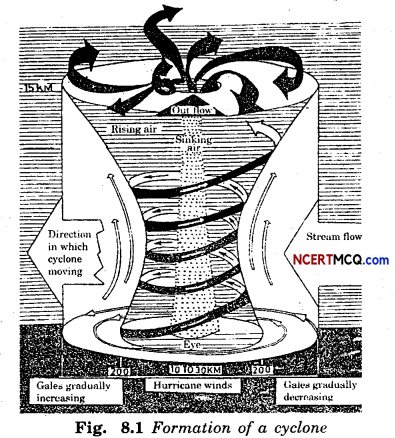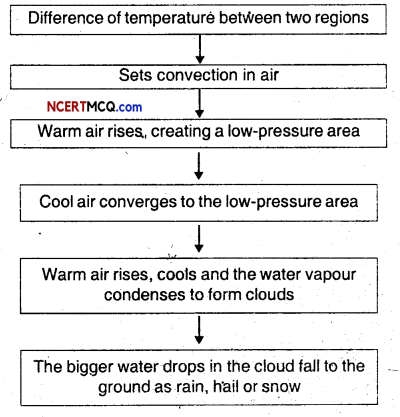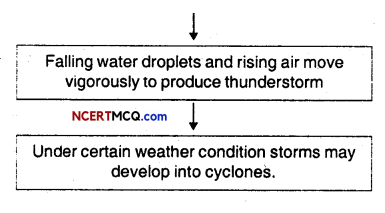Students can access the Online Education CBSE Sample Papers for Class 12 Hindi with Solutions and marking scheme Term 2 Set 1 will help students in understanding the difficulty level of the exam.
Online Education CBSE Sample Papers for Class 12 Hindi Term 2 Set 1 with Solutions
Time Allowed: 2 Hours
Ma×imum Marks: 40
सामान्य निर्देश :
- निम्नलिखित निर्देशों को बहुत सावधानी से पढ़िए और उनका पालन कीजिए:
- इस प्रश्न पत्र में वर्णनात्मक प्रश्न पूछे गए हैं।
- इस प्रश्न पत्र में कुल सात प्रश्न पूछे गए हैं। आपको सात प्रश्नों के उत्तर देने हैं।
- प्रश्नों में आंतरिक विकल्प भी दिए गए हैं। निर्देशानुसार उत्तर दीजिए।
कार्यालयी हिंदी और रचनात्मक लेखन [20 अंक]
प्रश्न 1.
निम्नलिखित दिए गए तीन शीर्षकों में से किसी एक शीर्षक का चयन कर लगभग 200 शब्दों का एक रचनात्मक लेख लिखिए। (5 × 1 = 5)
(क) प्रातः काल योग करते लोग
(ख) दुर्घटना से देर भली
(ग) जिन्हें जल्दी थी, वे चले गए
उत्तर:
किसी एक विषय पर लगभग 150 शब्दों में रचनात्मक लेख लिखिए:
- भूमिका – 1 अंक
- विषयवस्तु – 3 अंक
- भाषा – 1 अंक
(क) प्रातःकाल योग करते लोग संसार का हर व्यक्ति सदैव सुखी रहकर दीर्घजीवी बनना चाहता है। केवल पौष्टिक भोजन करके मनुष्य सुखी नहीं रह सकता। अच्छे मकान व शान शौकत से रहकर मानव सुखी नहीं रह सकता। सुखी रहने के लिए स्वस्थ शरीर की आवश्यकता होती है, क्योंकि सुख व आनन्द किसी भी बाहरी वस्तु से प्राप्त नहीं होते हैं, वे तो अपने हृदय से ही प्राप्त किए जा सकते हैं। शरीर स्वस्थ न रहने से मन अशान्त रहता है, मनुष्य का स्वभाव चिड़चिड़ा हो जाता है। सर्व-सम्पन्न रहते हुए भी अस्वस्थ शरीर से कोई भी शान्ति प्राप्त नहीं कर सकता। स्वस्थ शरीर के लिए योग अत्यावश्यक है। जिस प्रकार मशीन को चलाने के लिए कलपुर्जी की सार संभाल जरूरी होती है, उसी प्रकार शरीर को चलाने के लिए उसके अंगों का सही होना जरूरी है और ऐसा केवल योग से ही सम्भव है। योग करने का सबसे उत्तम समय है प्रातःकाल।
जब सूर्य की लालिमा से गगन रक्तिम हो रहा हो तो मनुष्य को योग करके अपने शरीर को स्फूर्तियुक्त बनाने का प्रयास करना चाहिए। प्रातःकाल योग करने से मनुष्य के सभी मानसिक क्लेशों का नाश होता है और ध्यान में परिपक्वता आती है। यह मन की चंचलता को दूर करता है और स्मरण-शक्ति में वृद्धि करता है। लम्बे समय तक युवा बने रहने के लिए योग अत्यन्त महत्वपूर्ण है। योग तन-मन को शुद्ध करता है। प्रतिदिन योग करने वाले लोग शारीरिक और मानसिक स्तर पर स्वयं को तरोजाता महसूस करता है। प्रतिदिन योग करने वाले मनुष्य के जीवन में खुशी का संचार होता है। योग उसे महान बना देता है। उसके कार्य करने, सोचने और निर्णय लेने की शैली को श्रेष्ठ बनाता है।
(ख) दुर्घटना से देर भली हर व्यक्ति अपने दैनिक जीवन में कहीं न कहीं आने जाने के लिए सड़क का उपयोग अवश्य करता है। आज के व्यस्त जीवन में सब एक दूसरे से जल्दी अपनी मंजिल पर पहुंचना चाहते हैं जिससे कि रोज बहुत सी दुर्घटनाएँ घटित होती हैं। सड़क यातायात सुरक्षा एक ऐसी विधि है जिसमें नियम बनाकर दुर्घटना को रोका जा सकता है और लोगों को चोट लगने से बचाया जा सकता है। कहा जाता है कि दुर्घटना से देर भली। लोगों के तेज रफ्तार में गाड़ी चलाने, नशे में गाड़ी चलाने की वजह से ज्यादातर दुर्घटना होती है। हर व्यक्ति को जल्दी रहती है। वे जल्दी-से-जल्दी अपने गंतव्य तक पहुंचना चाहते हैं। हर रोज बहुत सी दुर्घटना घटित होती हैं जिससे कि बहुत से लोग अपनी जान खो देते हैं। मरने वाले लोगों में ज्यादातर युवा होते हैं जिससे कि देश अपनी युवा शक्ति को खोता जा रहा है। लोगों के वाहनों को नियंत्रण में रखने में सड़क हादसों को रोकने के लिए सड़क सुरक्षा नियम बनाए गए हैं। जिंदगी एक बार ही मिलती है और यह बहुमूल्य हैं हर व्यक्ति को चाहिए कि वह खुद को भी सुरक्षित करें और दूसरों को भी सुरक्षित रखें। सड़क पर किसी एक व्यक्ति की लापरवाही के कारण दूसरा भी अपनी जिन्दगी खो बैठता है। हम सबको यातयात के नियमों का पालन करना चाहिए। दो पहिया वाहनों को चलाने वालों को हैलमेट अवश्य पहनना चाहिए। यातायात के नियम हमारी सुरक्षा के लिए बनाए गए हैं और हम सबको बोझ न समझकर बल्कि जिम्मेदारी समझना चाहिए। हर नागरिक को चाहिए कि वह अपने साथ-साथ दूसरों को भी यातायात के नियमों का पालन करना सिखाए।
स्कूलों में भी सुरक्षा के इन नियमों के विषय मे बताया जाना चाहिए और अलग अलग स्तर पर परीक्षा भी होती है। जिन्दगी एक बार ही मिलती है और यह बहुमूल्य है। हर व्यक्ति को चाहिए कि वह खुद को भी सुरक्षित करें और दूसरों भी सुरक्षित रखें। सड़क पर किसी एक व्यक्ति की लापरवाही के कारण दूसरा भी अपनी जिन्दगी खो बैठता है। हम सबको यातायात के नियमों का पालन करना चाहिए । दो पहिया वाहनों को चलाने वालों को हेल्मेट अवश्य पहनना चाहिए। यातायात के नियम हमारी सुरक्षा के लिए बनाए गए हैं और हम सबको बोझ न समझकर बल्कि जिम्मेदार समझना चाहिए। हर नागरिक को चाहिए कि वह अपने साथ-साथ दूसरों को भी यातायात के नियमों का पालन करना सिखाए। स्कूलों में भी सुरक्षा के इन नियमों के विषय में बताया जाना चाहिए और अलग- अलग स्तर पर परीक्षा भी होती है।
(ग) जिन्हें जल्दी थी, वे चले गए
रफ्ता-रफ्ता घूम रही दुनिया सारी,
आप हो कर रहे दौड़ने की तैयारी।
यातायात का न कर पालन
वो किधर भी सैर किये,
जिन्हें जाने की बहुत जल्दी थी,
वे दुनिया से चले गये।
उपर्युक्त पंक्तियों से पता चलता है कि जल्दी का काम सदैव ही सुखद परिणाम नहीं देता है। ठीक है कुछ कामों में विलम्ब होना नुकसान देय है किन्तु व्यक्ति को उतनी भी जल्दी नहीं करनी चाहिए कि न आम बचे न गुठली। यद्यपि मैं विचार करता हूँ कि वो मतवाले भी थे जिन्हें जाने की शायद जल्दी ही होगी, तभी तो अपने देश की खातिर भरी जवानी में चले गये और देश को अपना ऋणी बना गये। निश्चित ही वे सरफिरे ही थे जिन्हें देश और हमारी मिट्टी का कर्ज चुकाने की इतनी जल्दी थी कि पूरे देश और देशवासियों को अपना कर्जदार बनाकर चले गये। अनेक क्रान्तिकारी देशभक्त और वीर जवानों की जल्दी तो समझ में आती है किन्तु आज की भागदौड़ में यह कहाँ तक तर्क संगत है कि जल्दी का अर्थ गति से लगाया जाए और बिना यातायात के नियमों का पालन किये सरपट दौड़े जा रहे हैं, और केवल अपने ही नहीं बल्कि दूसरों के प्राणों को भी संकट में डाल देते हैं। शायद उन्हें यातायात नियंत्रक बत्तियाँ और वाहनों में लगे गतिसूचक दिखाई नहीं देते। भारत में सड़क दुर्घटनाओं का आँकड़ा दुनिया में सबसे ऊपर की पंक्ति में दिखाई देता है। उन्हें जल्दी ही तो है जो सबको पीछे छोड़कर खुद ही चले जाने पर अमादा होते हैं।
आँकड़ों की मानें तो अतिगति और यातायात नियमों का अतिक्रमण करने में किशोर और युवा सबसे आगे हैं। वह कौन-सी मंजिल है, जहाँ इन्हें जल्दी पहुँचना है। निर्माण की जल्दी में हो तो समझ में आता है परन्तु विध्वंस की जल्दी तो समझ से परे है। ऊपर से आग में घी डालने का काम आधुनिक तकनीक करती है जो वाहनों की गति को निरन्तर बढ़ाती ही जाती है। और सुरक्षा स्वतः ही घटती जाती है। सरकार भी इस वावत सजगता दिखाती है तो जर्माना बढ़ा देती है, हैलमेट और सीट बैल्ट का प्रयोग पर जोर दिया जाता है, बिल्कुल सही है। इससे जल्दी जाने वालों को शायद गति अवरोध हो परन्तु केवल नियमों को कठिन बनाने और जुर्माना बढ़ाने भर से तो काम नही चलेगा, इसके साथ ही सड़कों की दुर्दशा पर भी ध्यान देना होगा। देश की अधिकांश सड़कें गड्डायुक्त और टूटी-फूटी हैं। पुलों और ओवरब्रिजों की रेलिंग टूटी हुई हैं, जो दुर्घटना का बड़ा कारण बनती है। बचपन से सुनते आ रहे हैं, जल्दी का काम शैतान का है, परन्तु अब तो लगता है कि जल्दी का काम यमराज से भेंट कराता है। जिन्हें जल्दी है वे चले जाते हैं। लेकिन कहाँ चले जाते हैं? क्या उन्हें वहाँ जाना चाहिए था जहाँ वे चले जाते हैं।
आज अति आवश्यक हो गया है कि युवाओं को यातायात नियमों के विषय में अच्छी तरह से बताया जाए । बल्कि यातायात के नियमों को विद्यालयों और महाविद्यालयों के पाठयक्रम में शामिल किया जाना चाहिए। साथ ही माता-पिता और अभिभावकों को भी जागरूक होना पड़ेगा। हम सभी को नियमों का पालन करना होगा। अन्यथा जिन्हें जल्दी थी, वे चले गये और जिन्हें जल्दी होगी वे जल्दी ही चले जायेंगे।
![]()
प्रश्न 2.
अपने क्षेत्र के मुख्य चिकित्सा अधिकारी उनके चिकित्सकों और सहायक कर्मचारियों को कोरोना माल में उनके द्वारा किये गये कार्यों की प्रशंसा और सराहना करते हुए एक पत्र लिखिए। (5 × 1 = 5)
अथवा
बस चालकों की असावधानी से हो रही दुर्घटनाओं पर चिंता व्यक्त करते हुए किसी समाचार पत्र के संपादक को पत्र लिखिए।
उत्तर:
2 में से किसी 1 विषय पर पत्र (लगभग 80-100 शब्दा-सीमा)
- आरंभ और अंत की औपचारिकताएँ – 1 अंक
- विषयवस्तु – 3 अंक
- भाषा – 1 अंक
124, डी ब्लॉक,
नया नगर,
कोटा
दिनांक : 25 जनवरी, 20XX
सेवा में,
श्री मुख्य चिकित्सा अधिकारी जी,
कोटा नगर निगम,
कोटा, राजस्थान।
विषय: कोरोना महामारी के चलते अपने क्षेत्र के सरकारी चिकित्सकों व उनके सहकर्मियों की उनकी अथक सेवाओं के लिए सराहना करते हुए पत्र। महोदय जी,
इस पत्र के माध्यम से मैं आपके सरकारी चिकित्सकों और सहकर्मियों का हार्दिक धन्यवाद करना करना चाहता हूँ। चिकित्सकों और उनके सहकर्मियों ने जिस प्रकार कोरोना महामारी के समय अपने परिवार और स्वयं की परवाह छोड देश के बाकी लोगों के लिए कार्य किया है वह सचमुच सराहनीय है। इस गम्भीर महामारी के समय आपके कर्मचारियों और चिकित्सकों द्वारा दी गई सुविधा के चलते कई सारे मरीज ठीक हो रहे हैं और साथ ही कुछ क्षेत्र ऐसे हैं जहाँ इनकी सेवाओं के चलते यह बीमारी अभी तक अपने पैर नहीं पसार पाई हैं। चिकित्सकों और उनके सहकर्मियों द्वारा समाज को दिए गए योगदान को हम हमेशा याद रखेंगे।
धन्यवाद
विनीत
कख ग.
अथवा
सेवा में,
संपादक महोदय,
दैनिक भास्कर
जयपुर
विषयः बढ़ती जा रही बस दुर्घटना पर चिंता प्रकट ।
महोदय
मैं आपके समाचर पत्र के माध्यम से अपनी और हमारे समाज के लोगों के प्रति चिंता व्यक्त करने जा रहा हूं। यह विषय बेहद गंभीर है। जी, हां महोदय हर वर्ष सड़कों को कभी पानी के पाइपलाइन के लिए खोदा जाता है, तो कभी केवल लाइन के लिए। उसके बाद सड़कों को ठीक नहीं किया जाता है। ऐसे में सड़के बन वे हो जाती है। जिस कारण रुट की बसों को दिक्कत होती है और जल्दबाजी में दुर्घटना की शिकार हो जाती है। आपकी पत्रों के माध्यम से मैं सड़क मंत्री को यह याद करवाना चाहता हूं कि उन्होंने वादा किया था कि सड़क पर कोई गड्ढे नहीं होंगे। फिर गड्ढे क्यों?
जल्द से जल्द सड़क ठीक करवाने की अपील की जा रही है। आशा है कि सरकार अवश्य कार्यवाही करेंगे।
धन्यवाद।
भवदीय
प्रतिष्ठा मेहरा
स्थानीय वासी।
प्रश्न 3.
(क) कहानी की परिभाषा बताते हुए इसके तत्त्वों के नाम लिखें। अथवा नाटक में अभिनय और संवाद योजना के महत्व को रेखांकित कीजिए। (3)
(ख) रेडियो नाटक की अवधि छोटी क्यों रखी जाती है?
अथवा
कहानी में क्लाइमेक्स का क्या महत्व है। (2)
उत्तर:
(क) कहानी गद्य साहित्य की वह सबसे अधिक रोचक एवं लोकप्रिय विधा है, जो जीवन के किसी विशेष पक्ष का मार्मिक, भावनात्मक और कलात्मक वर्णन करती है। “हिन्दी गद्य की वह विधा है जिसमें लेखक किसी घटना, पात्र अथवा समस्या का क्रमबद्ध ब्यौरा देता है, जिसे पढ़कर एक समन्वित प्रभाव उत्पन्न होता है,
उसे कहानी कहते हैं”।
- कथावस्तु
- चरित्र-चित्रण
- कथोपकथन
- देशकाल
- भाषा-शैली
- उद्देश्य
कहानी गद्य साहित्य की वह सबसे अधिक रोचक एवं लोकप्रिय विधा है, जो जीवन के किसी विशेष पक्ष का मार्मिक, भावनात्मक और कलात्मक वर्णन करती है। “हिन्दी गद्य की वह विधा है जिसमें लेखक किसी घटना, पात्र अथवा समस्या का क्रमबद्ध ब्यौरा देता है, जिसे पढ़कर एक समन्वित प्रभाव उत्पन्न होता है,
उसे कहानी कहते हैं।
- कथावस्तु
- चरित्र-चित्रण
- कथोपकथन
- देशकाल
- भाषा-शैली
- उद्देश्य
अथवा
- अभिनय किसी अभिनेता या अभिनेत्री के द्वारा किया जाने वाला वह कार्य है जिसके द्वारा वे किसी कथा को दर्शाते हैं, साधारणतया किसी पात्र के माध्यम से।
- अभिनय का उद्देश्य होता है किसी पद या शब्द के भाव को मुख्य अर्थ तक पहुँचा देना; अर्थात् दर्शकों या सामाजिको के हृदय में भाव या अर्थ से अभिभूत करना”।
- संवाद-नाटक में नाटकार के पास अपनी और से कहने का अवकाश नहीं रहता। वह संवादों द्वारा ही वस्तु का उद्घाटन तथा पात्रों के चरित्र का विकास करता है। अतः इसके संवाद सरल, सुबोध, स्वभाविक तथा पात्रअनुकूल होने चाहिए।
अभिनय किसी अभिनेता या अभिनेत्री के द्वारा किया जाने वाला वह कार्य है जिसके द्वारा वे किसी कथा को दर्शाते हैं, साधारणतया किसी पात्र के माध्यम से। अभिनय का उद्देश्य होता है किसी पद या शब्द के भाव को मुख्य अर्थ तक पहुँचा देना; अर्थात् दर्शकों या सामाजिको के हृदय में भाव या अर्थ से अभिभूत करना”। संवाद-नाटक में नाटककार के पास अपनी और से कहने का अवकाश नहीं रहता। वह संवादों द्वारा ही वस्तु का उद्घाटन तथा पात्रों के चरित्र का विकास करता है। अतः इसके संवाद सरल, सुबोध, स्वभाविक तथा पात्रअनुकूल होने चाहिए । श्रव्य माध्यम में मनुष्य की एकाग्रता सीमित होती
(ख) श्रव्य माध्यम में मनुष्य की एकाग्रता सीमित होती है।
सामन्यतया यह माना जाता है कि मनुष्य की एकाग्रता की अवधि 15-30 मिनट की होती है। इससे अधिक अवधि के लिए मनुष्य की एकाग्रता धीरे-धीरे क्षीण होने लगती है। सिनेमा और नाटक देखने के लिए व्यक्ति बोर होने पर भी अपनी मर्जी से वहाँ से उठ कर नहीं जाता। इसके विपरीत रेडियो नाटक सुनने से बोर होने वाले व्यक्ति का ध्यान आसानी से कहीं भी भटक सकता है इसलिए रेडियो नाटक की अवधि छोटी रखी जाती है।
अथवा
चरम उत्कर्ष या क्लाइमेक्स कहानी का अंतिम तत्त्व होता है। इसमें कहानी के उद्देश्य की अभिव्यक्ति होती है। कहानी का उद्देश्य मनोरंजन के साथ-साथ जीवन-संबंधी अनुभूतियों से मानव-मन का निकट परिचय कराना है। चरम उत्कर्ष या क्लाइमेक्स कहानी का अंतिम तत्त्व होता है। इसमें कहानी के उद्देश्य की अभिव्यक्ति होती है। कहानी का उद्देश्य मनोरंजन के साथ-साथ जीवन-संबंधी अनुभूतियों से मानव-मन का निकट परिचय कराना है।
![]()
प्रश्न 4.
(क) समाचार लेखन की रचना प्रक्रिया को स्पष्ट कीजिए।
अथवा
फीचर कैसे लिखा जाता है। (3)
उत्तर:
- उल्टा पिरामिड शैली
- इंट्रो, बॉडी और समापन
समाचार लेखन की शैली उल्टा-पिरामिड शैली कहलाती है। यह शैली कहानी या कथा लेखन की शैली के ठीक विपरीत लिखी जाती है। इसमें क्लाईमेक्स सबसे अंत में आता है। उल्टा पिरामिड शैली में इंट्रो या मुखड़ा आरंभ में आता है। इस भाग में किसी भी घटना या जानकारी सबसे पहले लिखा जाता है। उसके बाद बॉडी के अंतर्गत कम महत्वपूर्ण सूचना आती है। अंत में समापन के अंतर्गत सूचना की समाप्ति होती है।
अथवा
फीचर लेखन किसी कहानी, उपन्यास की तरह ही कुछ बिंदुओं पर आधारित होता है-आंरभ, मध्य, चरम, समापन, भाषा-शैली, नेता तथा निष्कर्ष । फीचर लेखन का आरंभ किसी घटना, यात्रा आदि पर आधारित होता है। आरंभ में पाठक को कुछ ऐसी घटना का जिक्र करना चाहिए जिससे पूरा लेख पढ़ने की उत्सुकता पाठक के मन में बरकरार रहे। फीचर लेखन किसी कहानी, उपन्यास की तरह ही कुछ बिंदुओं पर आधारित होता है-आंरभ, मध्य, चरम, समापन, भाषा-शैली, नेता तथा निष्कर्ष । फीचर लेखन का आरंभ किसी घटना, यात्रा आदि पर आधारित होता है। आरंभ में पाठक को कुछ ऐसी घटना का जिक्र करना चाहिए जिससे पूरा लेख पढ़ने की उत्सुकता पाठक के मन में बरकरार रहे। समाचार और फीचर में प्रमुख अंतर प्रस्तुतीकरण की शैली और विषयवस्तु की मात्रा का होता है। जहाँ उल्टा पिरामिड शैली में लिखा गया। समाचार किसी विषय अथवा घटना को संक्षिप्त रूप में प्रस्तुत करता है, वहीं फीचर उस समाचार को विस्तार से प्रस्तुत करता है।
(ख) समाचार और फीचर में मुख्य अन्तर क्या होता
अथवा
समाचार लेखन के छ: ककार कौन-से हैं? (2)
उत्तर:
समाचार और फीचर में प्रमुख अंतर प्रस्तुतीकरण की शैली और विषयवस्तु की मात्रा का होता है। जहाँ उल्टा पिरामिड शैली में लिखा गया। समाचार किसी विषय अथवा घटना को संक्षिप्त रूप में प्रस्तुत करता है, वहीं फीचर उस समाचार को विस्तार से प्रस्तुत करता है।
अथवा
चार ककार (क्या, कब, कौन, कहाँ) सूचनात्मक व अन्तिम दो ककार (क्यों, कैसे) विवरणात्मक होते हैं।
समाचार लेखन में प्रायः छह ककार होते हैं- क्या, कब, कौन, कहाँ, क्यों और कैसे। किसी घटना या सूचना को लिखने के लिए इन ककारों को ही आधार बनाया जाता है। इंट्रो में चार ककार-क्या, कौन, कब और कहाँ का प्रयोग किया जाता है। इसके बाद समाचार की बॉडी में और समापन के पहले बाकी दो ककारों-कैसे और क्यों का जवाब दिया जाता है। इनमें से पहले दो ककार सूचनात्मक और तथ्यों पर आधारित होते हैं जबकि बाकी दो ककार विवरणात्मक, व्याख्यात्मक और विश्लेषणात्मक होते
पाठ्यपुस्तक आरोह भाग-2 तथा अनुपूरक पाठ्यपुस्तक वितान भाग-2 [20 अंक]
प्रश्न 5.
निम्नलिखित तीन प्रश्नों में से किन्हीं दो प्रश्नों के उत्तर दीजिए। (3 × 2 = 6)
(क) शमशेर की कविता ‘उषा’ गाँव के जीवन का जीवंत चित्रण है। पुष्टि कीजिए।
उत्तर:
राख से लीपा हुआ चौका बहुत काली सिल स्लेट पर या लाल खड़िया चाक मलना किसी की गौर झिलमिल देह का हिलना सूर्योदय से पहले आकाश का रंग शंख जैसा नीला था, उसके बाद आकाश राख से लीपे चौके जैसा हो गया। सुबह की नमी के कारण वह गीला प्रतीत होता है। सूर्य की प्रारंभिक किरणों से आकाश ऐसा लगा मानो काली सिल पर थोड़ा लाल केसर डालकर उसे धो दिया गया हो या फिर काली स्लेट पर लाल खड़िया मिट्टी मल दी गई हो । सूर्योदय के समय सूर्य का प्रतिबिंब ऐसा लगता है जैसे नीले स्वच्छ जल में किसी गोरी युवती का प्रतिबिंब झिलमिला रहा हो।
(ख) ‘कवितावली’ के अधार पर सिद्ध कीजिए कि तुलसीदास को अपने समय की आर्थिक-सामाजिक समस्याओं की समझ थी।
उत्तर:
‘कवितावली’ में उद्धृत छंदों के अध्ययन से पता चलता है कि तुलसीदास को अपने युग की ठ्यपुस्तक वितान भाग-2 20 अका आर्थिक विषमता की अच्छी समझ है। उन्होंने समाकलीन समाज का यथार्थपरक चित्रण किया है। वे समाज के विभिन्न वगों का वर्णन करते हैं जो कई तरह के कार्य करके अपना निर्वाह करते हैं। तुलसी दास तो यहाँ तक बताते हैं कि पेट भरने के लिए लोग गलत-सही सभी कार्य करते हैं। उनके समय में भयंकर गरीबी व बेरोजगारी थी। गरीबी के कारण लोग अपनी संतानों तक को बेच देते थे। बेरोजगारी इतनी अधिक थी कि लोगों को भीख तक नहीं मिलती थी। दरिद्रता रूपी रावण ने हर तरफ हाहाकार मचा रखा था। ‘कवितावली’ में उद्धृत छंदों के अध्ययन से पता चलता है कि तुलसीदास को अपने युग की आर्थिक विषमता की अच्छी समझ है। उन्होंने समाकलीन समाज का यथार्थपरक चित्रण किया है। वे समाज के विभिन्न वगों का वर्णन करते हैं जो कई तरह के कार्य करके अपना निर्वाह करते हैं। तुलसी दास तो यहाँ तक बताते हैं कि पेट भरने के लिए लोग गलत-सही सभी कार्य करते हैं। उनके समय में भयंकर गरीबी व बेरोजगारी थी। गरीबी के कारण लोग अपनी संतानों तक को बेच देते थे। बेरोजगारी इतनी अधिक थी कि लोगों को भीख तक नहीं मिलती थी। दरिद्रता रूपी रावण ने हर तरफ हाहाकार मचा रखा था।
(ग) फिराज की गलज में अपना परदा खोलने से क्या आशय है?
उत्तर:
परदा खोलने से आशय है-अपने बारे में बताना । यदि कोई व्यक्ति किसी दूसरे की निंदा करता है या बुराई करता है। तो वह स्वयं की बुराई कर रहा है इसीलिए शायर ने कहा कि मेरा परदा खोलने वाले अपना परदा खोल रहे हैं। परदा खोलने से आशय है-अपने बारे में बताना । यदि कोई व्यक्ति किसी दूसरे की निंदा करता है या बुराई करता है। तो वह स्वयं की बुराई कर रहा है इसीलिए शायर ने कहा कि मेरा परदा खोलने वाले अपना परदा खोल रहे हैं।
प्रश्न 6.
निम्नलिखित चार प्रश्नों में से किन्हीं तीन प्रश्नों के उत्तर दीजिए। (3 × 3 = 9)
(क) जाति प्रथा को श्रम विभाजन का ही एक अंग न ‘मानने के पीछे डॉ. आंबेडकर के क्या तर्क थे?
उत्तर:
- जाति प्रथा श्रम का ही विभाजन नहीं करती बल्कि यह श्रमिक को भी बाँट देती है।
- जाति प्रथा में श्रम का जो विभाजन किया गया है, वह व्यक्ति की रुचि को ध्यान में रखकर नहीं किया गया है।
- जाति प्रथा में पेशे का निर्धारण एक मनुष्य को जीवनभर के लिए दे दिया जाता है।
- जाति प्रथा श्रम का ही विभाजन नहीं करती बल्कि यह श्रमिक को भी बाँट देती है। ।
- जाति प्रथा में श्रम का जो विभाजन किया गया है, वह व्यक्ति की रुचि को ध्यान में रखकर नहीं किया गया है।
- जाति प्रथा में पेशे का निर्धारण एक पनुष्य को जीवनभर के लिए दे दिया जाता है।
(ख) नमक कहानी में नमक की पुड़िया इतनी महत्वपूर्ण क्यों हो गयी थी? कस्टम अधिकारी उसे लौटाते हुए भावुक क्यों हो उठा था?
उत्तर:
इस कहानी में नमक की पुड़िया के महत्त्पूर्ण बनने का यह कारण है कि भारत-पाक के बीच नमक का व्यापार गैरकानूनी था। दूसरे, यह विभाजन की यादों से जुड़ी है। कस्टम अधिकारी नमक की पुड़िया लौटाते हुए भावुक हो उठा क्योंकि हर व्यक्ति को जन्मभूमि से लगाव होता है। उस प्रेम की अनुभूति से वह भावुक हो उठा। इस कहानी में नमक की पुड़िया के महत्त्पूर्ण बनने का यह कारण है कि भारत-पाक के बीच नमक का व्यापार गैरकानूनी था। दूसरे, यह विभाजन की यादों से जुड़ी है। कस्टम अधिकारी नमक की पुड़िया लौटाते हुए भावुक हो उठा क्योंकि हर व्यक्ति को जन्मभूमि से लगाव होता है। उस प्रेम की अनुभूति से वह भावुक हो उठा।
(ग) बाबा भीमराव आंबेडकर के अनुसार उनकी कल्पना का आदर्श समाज कैसा होना चाहिए? अपने शब्दों में अभिव्यक्त करें।
उत्तर:
- उनका यह आदर्श समाज स्वतंत्रता, समता व भ्रातृता पर आधारित होगा। बाबा भीमराव आम्बेडकर के अनुसार उनकी कल्पना के आदर्श समाज में निम्नलिखित बातें होनी चाहिए
- उनका यह आदर्श समाज स्वतंत्रता, समता व भ्रातृता पर आधारित होगा।
- उस समाज में गतिशीलता होनी चाहिए जिससे कोई भी वांछित परिवर्तन समाज के एक छोर से दूसरे तक संचारित हो सके।
ऐसे समाज के बहुविधि हितों में सबका भाग होगा तथा सबको उनकी रक्षा के प्रति सजग रहना चाहिए। - सामाजिक जीवन में अवाध संपर्क के अनेक साधन व अवसर उपलब्ध रहने चाहिए। डॉ. आंबेडकर के विचार निश्चित रूप से क्रांतिकारी हैं, परंतु व्यवहार में यह बेहद कठिन हैं। व्यक्तिगत गुणों के कारण जो वर्ग समाज पर कब्ज़ा किए हुए हैं, वे अपने विशेषाधिकारों को आसानी से नहीं छोड़ सकते। यह समाज कुछ सीमा तक ही स्थापित हो सकता है।
(घ) ‘ढोल में जो जैसे पहलवान की जान बसी थी।’ ‘पहलवान की ढोलक’ पाठ के आधार पर तर्क सहित पंक्ति को सिद्ध कीजिए।
उत्तर:
पहलवान का सारा जीवन ही ढोल की आवाज़ से उठता-गिरता है, पहलवान की ढोलक पूरे गाँव में संजीवनी बूटी का कार्य करती है, ढोल की थाप से पहलवान की कुश्ती के दाँव-पेंच निश्चित होते थे। लुट्टन सिंह जब जवानी के जोश में आकर चाँद सिंह नामक मैंजे हुए पहलवान को ललकार बैठा तो सारा जनसमूह, राजा और पहलवानों का समूह आदि की यह धारणा थी कि यह कच्चा किशोर जिसने कुश्ती कभी सीखी नहीं है, पहले दाँव में ही ढेर हो जाएगा। हालाँकि लुट्न सिंह की नसों में बिजली और मन में जीत का जज्बा उबाल खा रहा था। उसी थाप का अनुसरण करते हुए उसने ‘शेर के बच्चे को खूब धोया, उठा-उठाकर पटका और हरा दिया। इस जीत में एकमात्र ढोल ही उसके साथ था। अतः जीतकर वह सबसे पहले ढोल के पास दौड़ा और उसे प्रणाम किया।
![]()
प्रश्न 7.
निम्नलिखित प्रश्नों के उत्तर दीजिए। (3 + 2 = 5)
(क) एन फ्रैंक की डायरी किट्टी को सम्बोधित कर ही क्यों लिखी गई है? यह डायरी वह किसी अपने को भी सम्बोधित कर सकती थी, तर्क सहित उत्तर दीजिए।
अथवा
मोहनजोदड़ो की सभ्यता को लो-प्रोफाइल सभ्यता क्यों माना गया है? (3)
उत्तर:
अपनी डायरी में अपनी गुड़िया को वह पत्र लिखती है। गुड़िया को पत्र लिखते हुए अपरोक्ष रूप से वह खुद से ही बातें करती है। वह जानती है। कि जिन बातों को वह लिख रही है, शायद उन्हें दूसरे व्यक्ति ठीक ढंग से न समझ पायें। इसीलिए उसे अपनी गुड़िया को संबोधित करते हुए पत्र लिखना पड़ा। अपनी डायरी में अपनी गुड़िया को वह पत्र लिखती है। गुड़िया को पत्र लिखते हुए अपरोक्ष रूप से वह खुद से ही बातें करती है। वह जानती है। कि जिन बातों को वह लिख रही है, शायद उन्हें दूसरे व्यक्ति ठीक ढंग से न समझ पायें। इसीलिए उसे अपनी गुड़िया को संबोधित करते हुए पत्र लिखना पड़ा।
अथवा
लेखक ने सिंधु सभ्यता को ‘लो प्रोफाइल’ सभ्यता कहा है। संसार के अन्य स्थानों पर खुदाई करने से राजतंत्र को प्रदर्शित करने वाले महल, धर्म की ताकत दिखाने वाले पूजा स्थल, मूर्तियाँ तथा पिरामिड मिले हैं। मोहनजोदड़ो में ऐसी कोई चीज नहीं मिली है जो राजसत्ता या धर्म के प्रभाव को दर्शाती है। लेखक ने सिंधु सभ्यता को ‘लो प्रोफाइल’ सभ्यता कहा है। संसार के अन्य स्थानों पर खुदाई करने से राजतंत्र को प्रदर्शित करने वाले महल, धर्म की ताकत दिखाने वाले पूजा स्थल, मूर्तियाँ तथा पिरामिड मिले हैं। मोहनजोदड़ो में ऐसी कोई चीज नहीं मिली है जो राजसत्ता या धर्म के प्रभाव को दर्शाती है। अकेलापन ही ऐन फ्रैंक के डायरी लेखन का कारण बना। यद्यपि वह अपने परिवार और वॉन दंपत्ति के साथ अज्ञातवास में दो वर्षों तक रही लेकिन इस दौरान किसी ने उसकी भावनाओं को समझने का प्रयास नहीं किया। पीटर यद्यपि उससे प्यार करता है लेकिन केवल दोस्त की तरह। जबकि हर किसी की शारीरिक जरूरतें होती हैं लेकिन पीटर इसकी इस जरूरत को नहीं समझ सकता । माता-पिता और बहनें ने भी कभी उसकी भावनाओं को गम्भीरता से नहीं। समझती शायद इसकी कारण वह डायरी लिखने लगी।
(ख) “काश, कोई तो होता जो मेरी भावनाओं को गम्भीरता से समझ पाता। अफसोस, ऐसा व्यक्ति मुझे अब तक नहीं मिला।” एन फ्रैंक की इस पंक्ति का आशय स्पष्ट करें।
अथवा
सिंधु सभ्यता के केन्द्र में समाज था, राजा या धर्म नहीं! सिद्ध कीजिए। (2)
उत्तर:
अकेलापन ही ऐन फ्रैंक के डायरी लेखन का कारण बना। यद्यपि वह अपने परिवार और वॉन दंपत्ति के साथ अज्ञातवास में दो वर्षों तक रही लेकिन इस दौरान किसी ने उसकी भावनाओं को समझने का प्रयास नहीं किया। पीटर यद्यपि उससे प्यार करता है लेकिन केवल दोस्त की तरह। जबकि हर किसी की शारीरिक जरूरतें होती हैं लेकिन पीटर इसकी इस जरूरत को नहीं समझ सकता। माता-पिता और बहनें ने भी कभी उसकी भावनाओं को गम्भीरता से नहीं। समझती शायद इसकी कारण वह डायरी लिखने लगी।
अथवा
इस सभ्यता को लेखक ने साधन-सम्पन्न माना है। इस सभ्यता ने भव्यता को महत्व नहीं दिया है। एक कलात्मकता को महत्व देती है। हम हम कह सकते हैं कि यहाँ के लोग बोध कला में रूचि रखते हैं। यहाँ की नगर व्यवस्था, पतीर तथा धातु से बनी मूर्तियाँ, पशु-पक्षियों की आकृतियाँ, सुन्दर मुहरें, खिलौने, बालों को संवारने का कंघा, गहने इत्यादि इसके सौन्दर्य बोध का प्रमाण देते हैं। यहाँ पर आपको राजचिन्ह या धर्म से सम्बन्धित चिन्ह नहीं मिलते हैं। यदि मिलते होते तो इसकी स्थिति बिल्कुल अलग होती। यहाँ आम जनता से जुड़े चिन्ह अधिक बिखरे हुए हैं। जिनका सौन्दर्य बोध इसी कारण विद्यमान है। यह सभ्यता हर तरह से समाज पोष्ज्ञित सभ्यता को दर्शाती है। यहाँ तक ताकत के चिन्ह नहीं मिलते। यह सभ्यता आपसी समझ के कारण लम्बे समय तक चली। यह आडम्बर रहित है। इस सभ्यता को लेखक ने साधन-सम्पन्न माना है। इस सभ्यता ने भव्यता को महत्व नहीं दिया है।
एक कलात्मकता को महत्व देती है। हम हम कह सकते हैं कि यहाँ के लोग बोध कला में रूचि रखते हैं। यहाँ की नगर व्यवस्था, पतीर तथा धातु से बनी मूर्तियाँ, पशु-पक्षियों की आकृतियाँ, सुन्दर मुहरें, खिलौने, बालों को संवारने का कंघा, गहने इत्यादि इसके सौन्दर्य बोध का प्रमाण देते हैं। यहाँ पर आपको राजचिन्ह या धर्म से सम्बन्धित चिन्ह नहीं मिलते हैं। यदि मिलते होते तो इसकी स्थिति बिल्कुल अलग होती। यहाँ आम जनता से जुड़े चिन्ह अधिक बिखरे हुए हैं। जिनका सौन्दर्य बोध इसी कारण विद्यमान है। यह सभ्यता हर तरह से समाज पोष्ज्ञित सभ्यता को दर्शाती है। यहाँ तक ताकत के चिन्ह नहीं मिलते। यह सभ्यता आपसी समझ के कारण लम्बे समय तक चली । यह आडम्बर रहित है।
